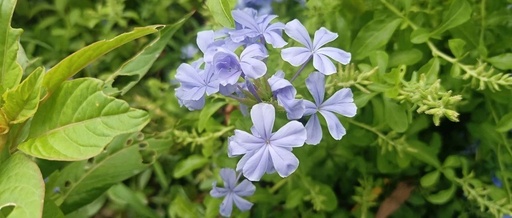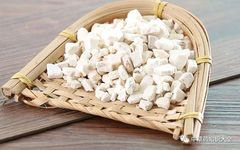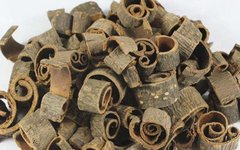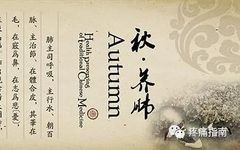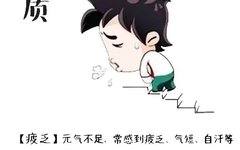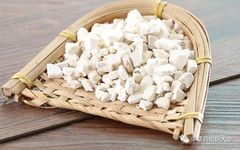The Master of Phlegm-Resolving Foods: Eat This Daily to Reduce Phlegm-Dampness and Improve Your Health
Addressing the issues of constitution, food therapy is superior to medicinal therapy. Medicinal therapy is like cooking with high heat, emphasizing speed and quick results; food therapy, on the other hand, is like simmering soup over low heat, emphasizing slow and meticulous work. This is especially true for phlegm-dampness, which is a rather stubborn constitution. … Read more

